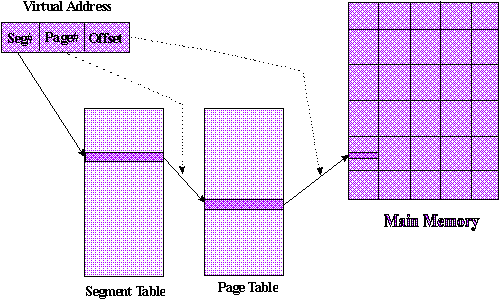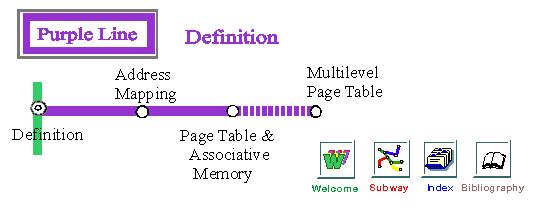

It is very common for the size of program modules to change dynamically. For instance, the programmer may have no knowledge of the size of a growing data structure. If a single address space is used, as in the paging form of virtual memory, once the memory is allocated for modules they cannot vary in size. This restriction results in either wastage or shortage of memory. To avoid the above problem, some computer systems are provided with many independent address spaces. Each of these address spaces is called a segment. The address of each segment begins with 0 and segments may be compiled separately. In addition, segments may be protected individually or shared between processes. However, segmentation is not transparent to the programmer like paging. The programmer is involved in establishing and maintaining the segments. [S1]
Some operating systems allow for the combination of segmentation with paging. If the size of a segment exceeds the size of main memory, the segment may be divided into equal size pages.

| SEGMENTATION | PAGING |
| Involves programmer | Transparent to programmer |
| Separate compiling | No separate compiling |
| Separate protection | No separate protection |
| Shared code | No shared code |
